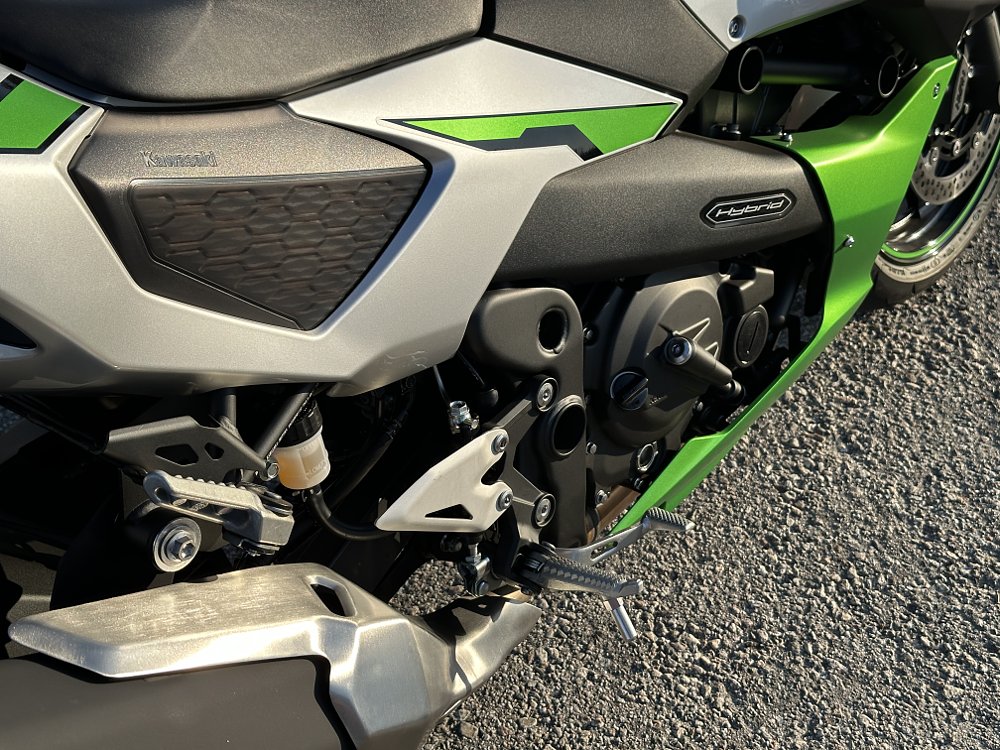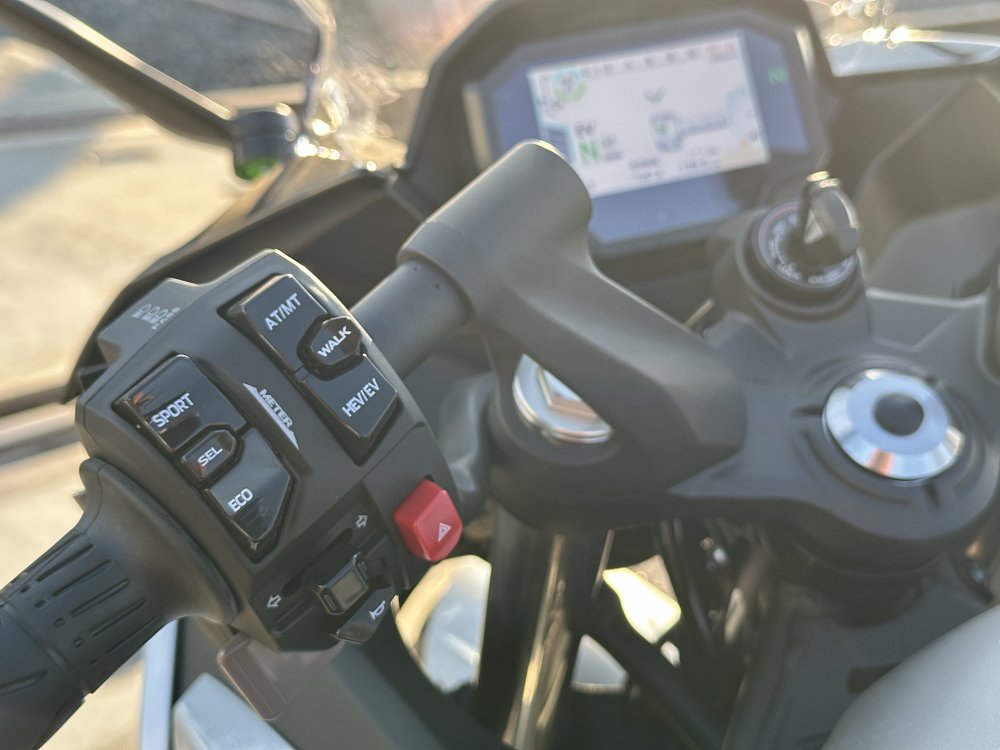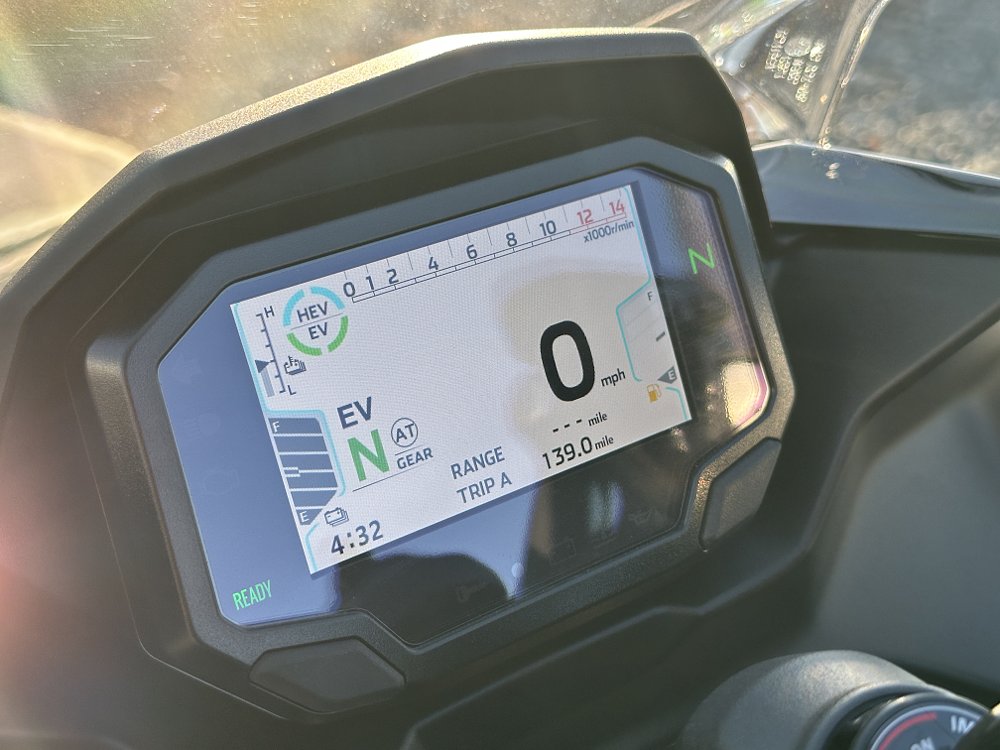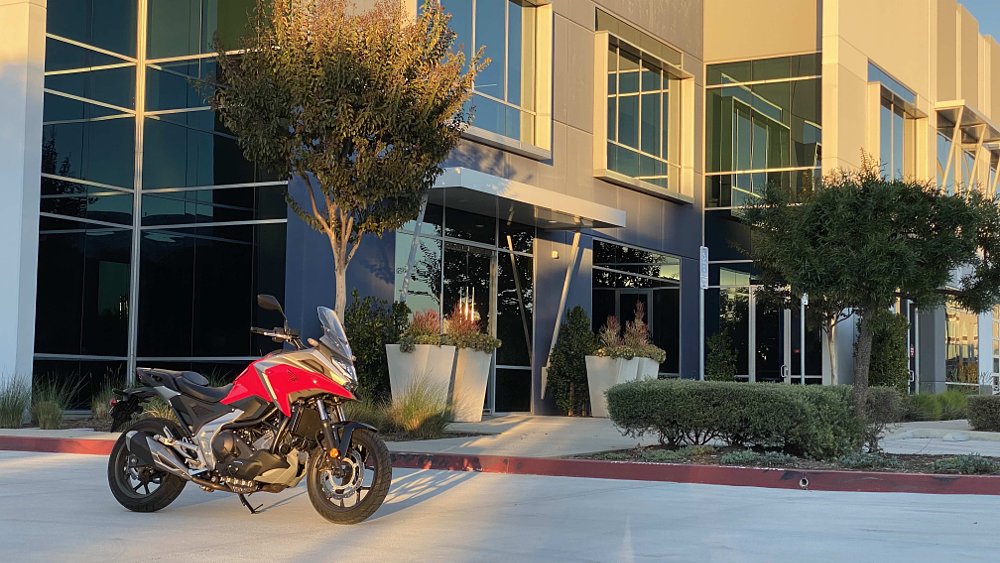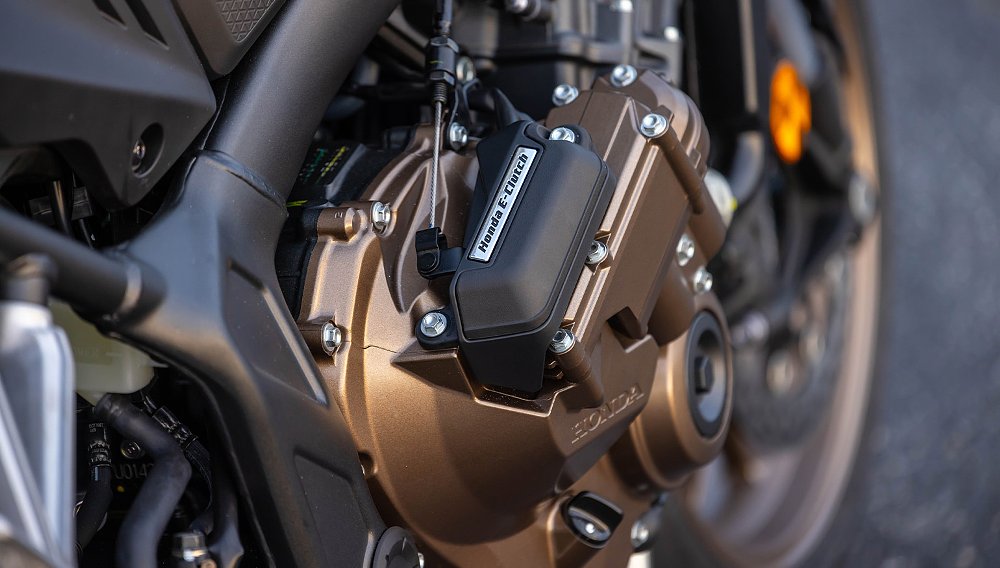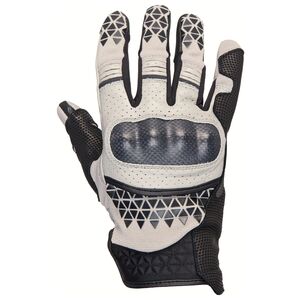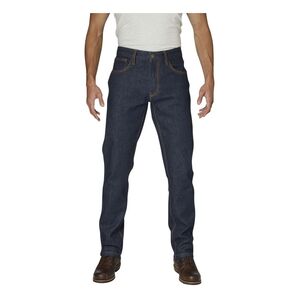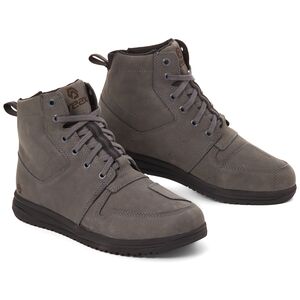I’ve been waiting for this for a long time. A true hybrid motorcycle. And considering all of the hype in my head, the Ninja 7 from Kawasaki already had big shoes to fill.
It’s a properly complex machine, as we covered in the first ride article, but what it’s trying to capture as a motorcycle is pretty simple. In Kawasaki’s words, “a mid-size package with the instant acceleration to rival that of a 1,000cc-class supersport” combined with “fuel economy on par with the 250cc-class.”
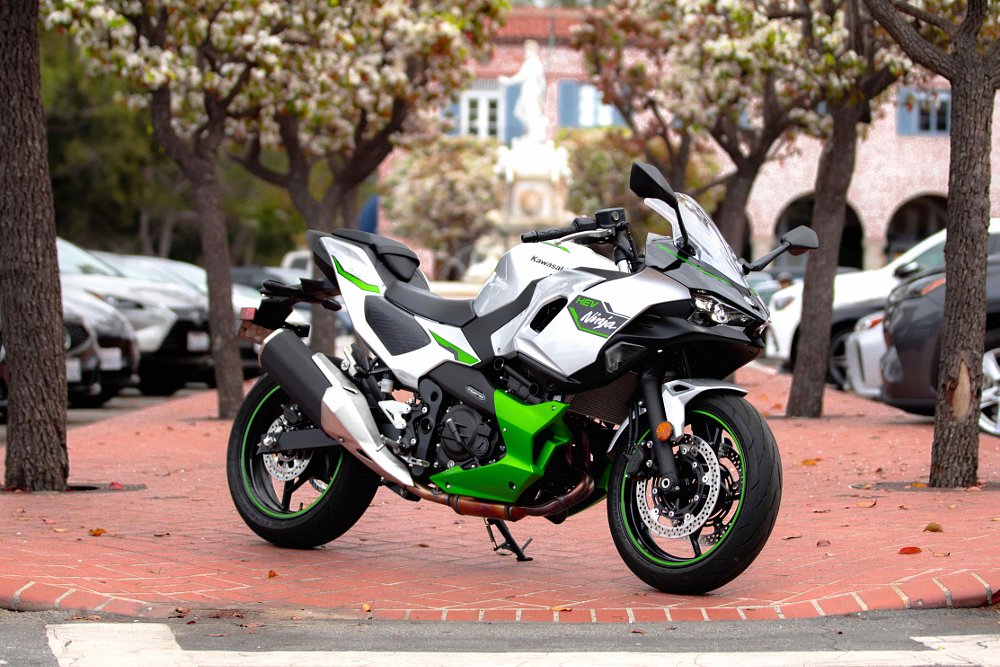
To achieve this, the Ninja 7 Hybrid uses a retuned version of the 451 cc parallel twin used in the Ninja 500 (and other models) combined with a 9kW electric motor and modest battery to help push the bike down the road faster and more efficiently. Maximum horsepower output from both simultaneously is about 70, according to Kawasaki, and the MSRP is $12,500.
Maybe you’re one of the riders in the world who is excited about this, too. It could be that your path has been somewhat like my own. I rode dirt bikes as a kid, raced bikes as a teenager, bought a silly bike when I could afford it, and since then have ridden fast bikes and slow bikes, red bikes and blue bikes.
It feels almost blasphemous to say it out loud, but somewhere along my journey I couldn’t help but wonder what it would be like if a motorcycle reached for something other than being fast or cool. Other brands have dabbled with this idea, I think most notably Honda with the NC750X, and this is an interesting step in a similar direction.
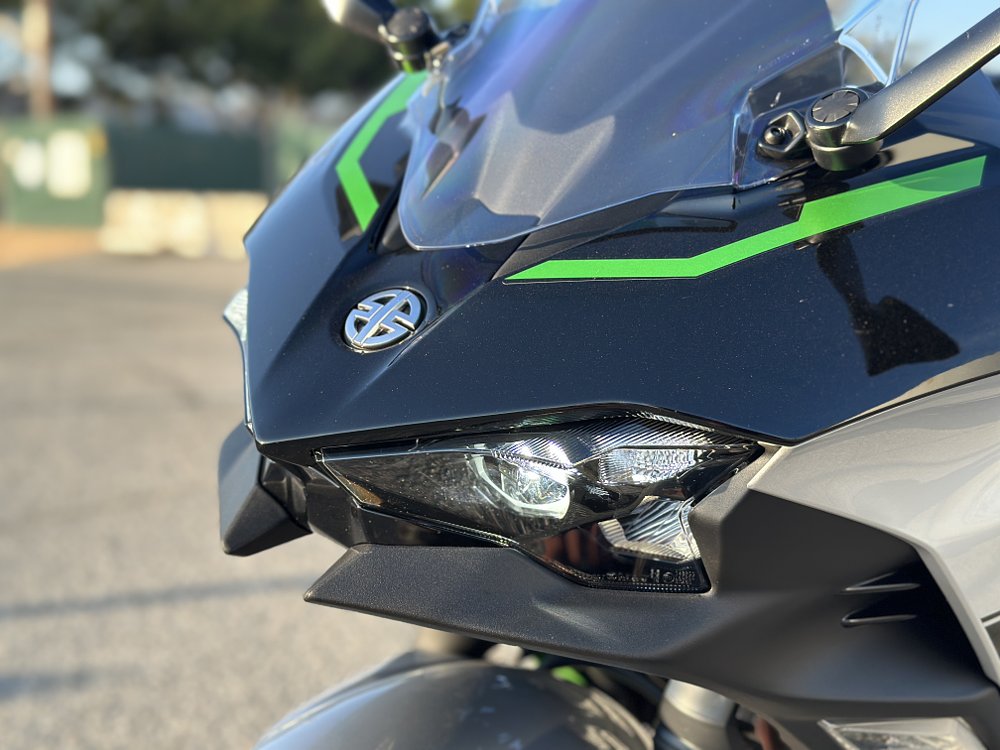
Except this Kawasaki is, in fact, supposed to be cool. Otherwise it wouldn’t say “Ninja” on the side, one of the most recognizable and evocative names in all of sport-bikedom. Also, Kawasaki lined the Ninja 7 up against its own ZX-10R to show that this new HEV Ninja could outsprint a classic, 1,000 cc sport bike.
In other words, the Ninja 7 is supposed to be fast as well as cool, plus efficient, obviously, and also versatile, comfortable, and approachable. It has new tricks up its sleeve, no doubt, but it’s an obvious thing to doubt any product presented as perfect. Something had to give. After a few weeks of commuting, joy riding, and otherwise living with the Ninja 7, I had my answers.
Second impressions
First, the good stuff. The versatility offered by the ride modes is awesome. I live in a suburban community and have to ride motorcycles along a driveway next to my neighbor’s house to get from my garage to the street. On particularly raucous motorbikes, I push out to the street so that I don’t make too much noise, and even on average machines I often feel a little guilty with an engine running near someone else’s dining-room windows.
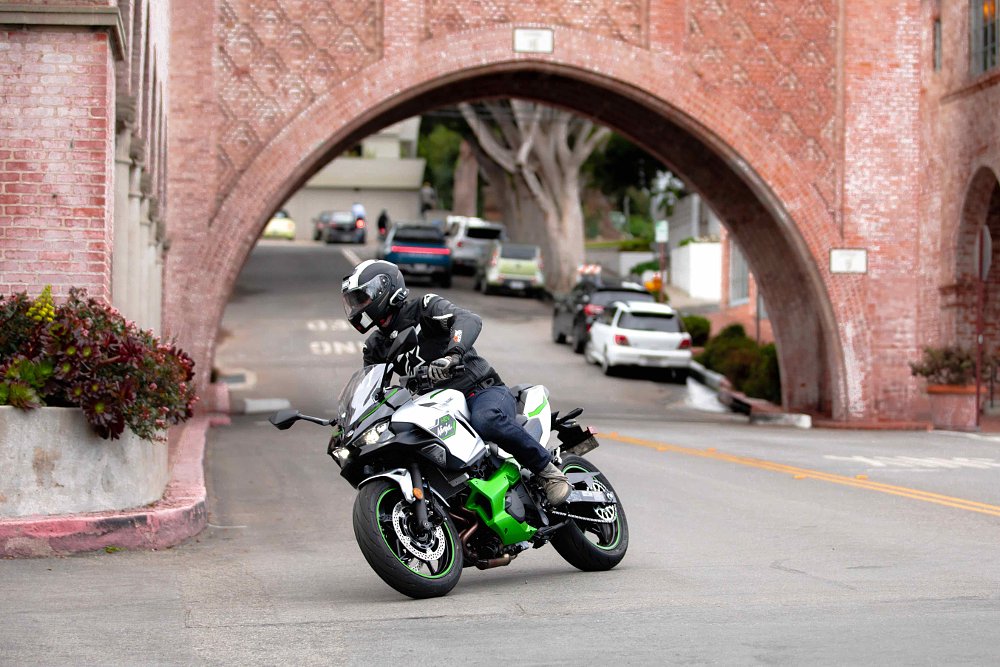
With the Ninja 7, a tap on the HEV/EV rocker switch makes the bike fully electric and I could ride almost noiselessly to the main thoroughfare before the gas engine fired up. At that point, any slog along surface streets is made a little calmer and more sophisticated in Eco mode, where the engine shuts off at stop lights and only restarts once the electric motor has gotten the bike up to about 15 mph.
The transition is mostly seamless, largely reminiscent of hybrid cars that do the same thing. In Sport mode, the engine runs constantly, like a conventional gas-powered machine, and offers the e-boost function which supplements the gas engine’s power with the electric motor. Kinda nifty, and definitely fun to feel the technology at work.
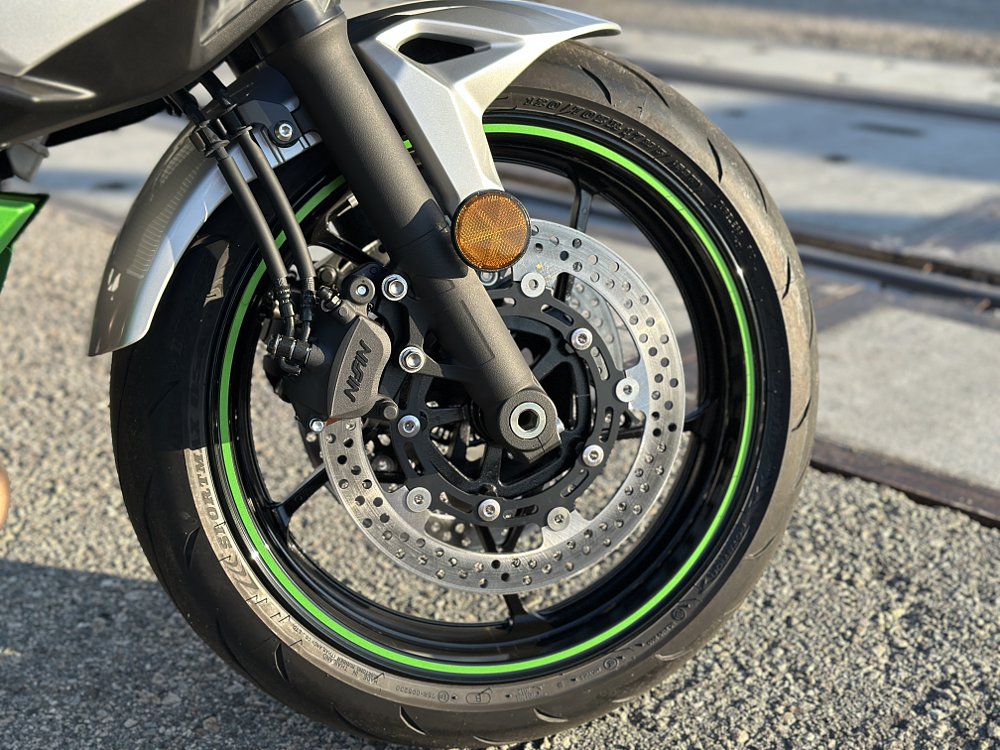
Total range in EV mode is tough to predict, but the bike only uses four gears of the transmission and goes a little over 40 mph as an electric-only machine. Useful for quick jaunts in and around a densely populated area, but it felt like an unlikely scenario that would use up the battery in everyday riding. However it’s employed, it’s useful.
There’s a whole bunch of other stuff that’s nicely done, too. The switchgear will be a little bit foreign and complicated to most riders, but the dash is laid out well and there are only a few secret handshakes that need to be learned to understand how to use everything. And it’s comfortable, with a decent seat and a reasonable riding position.
The Ninja 7 doesn’t feel as odd to ride as you might think, based on the technology it involves. Or what the basic specs say, for that matter. The wheelbase is a full six inches longer than the Ninja 500, with which it shares an engine, fork assembly, and a few other parts. While we’re comparing, the Ninja 7 tipped our scales at 505 pounds, almost 125 pounds more than the Ninja 500.
It’s not brutally heavy to steer or especially cumbersome at low speed, but it also doesn’t feel like it’s in the same category with 700-ish cc sport bikes, as the name implies. Pushing it around the shop or doing a U-turn, the weight and wheelbase show. None of it keeps me from enjoying the novelty of the powertrain or the enjoyment of riding. Unfortunately, there are some things that do.
Complaints department
Foremost is the transmission, which is weird in a few ways. It’s a semi-auto setup with finger triggers for shifting, no clutch lever or shift pedal. No big dealski, that NC750 I mentioned earlier has that and it works OK. The real rub is that the Ninja 7’s clutch actuates automatically every time the bike shifts. There’s no conventional quickshifter function that lets the bike pop to the next gear and no slick dual-clutch system like on Honda’s NC — each and every shift means a hydraulic robot pulling in and releasing an internal clutch lever.
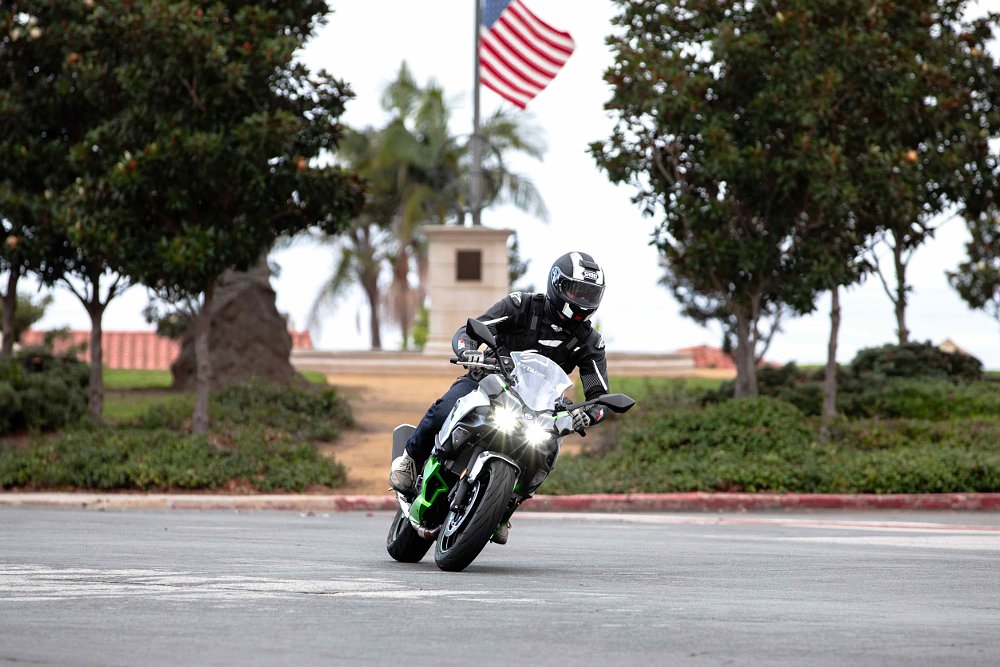
That’s how most of us learned to ride, and maybe that’s how you still do it. The difference is that you’re in charge of when it all happens, and that’s crucial. In practice the Ninja 7’s upshifts feel slow and clumsy, even when triggered manually. Downshifting is better, but still inelegant compared to so many other machines. Selecting “AT” will queue the bike to shift automatically. In Eco mode the Ninja 7 shifts early and often, for efficiency, and the gear changes are incredibly awkward.
Another thing that I kept coming back to was the lack of punch from the electric motor. Being a low-voltage system, and designed to pair with the gas engine, it’s not supposed to deliver power the same way a typical electric motorcycle does, like a Zero or LiveWire. However, in the hybrid mode, where it’s tasked with pulling the bike away from a stop (to increase efficiency and reduce load on the traditional clutch), it just doesn’t feel strong enough.
I’m aware of the irony here, that I secretly asked for a bike that wasn’t too fast and now that I’ve ridden it I’m complaining that it’s not fast enough. I know. It just doesn’t jump away from a stop with enough urgency for me to feel like I have control over my destiny in traffic, and I don’t like it. That’s sad, because I really enjoyed Eco mode in general. It feels so civilized to have a machine shut the gas-burning engine down at an intersection and (almost) seamlessly add ICE power when needed.
The alternative is to use Sport mode, which offers more immediate power from the engine plus the e-boost function when you want it. There are problems there too, though. The e-boost assumes you want maximum thrust, presumably to put Tommy Toyota in his place, and therefore does not allow modulation of the electric power being delivered. And if you back off the throttle to mitigate overall power, the bike cuts e-boost altogether.
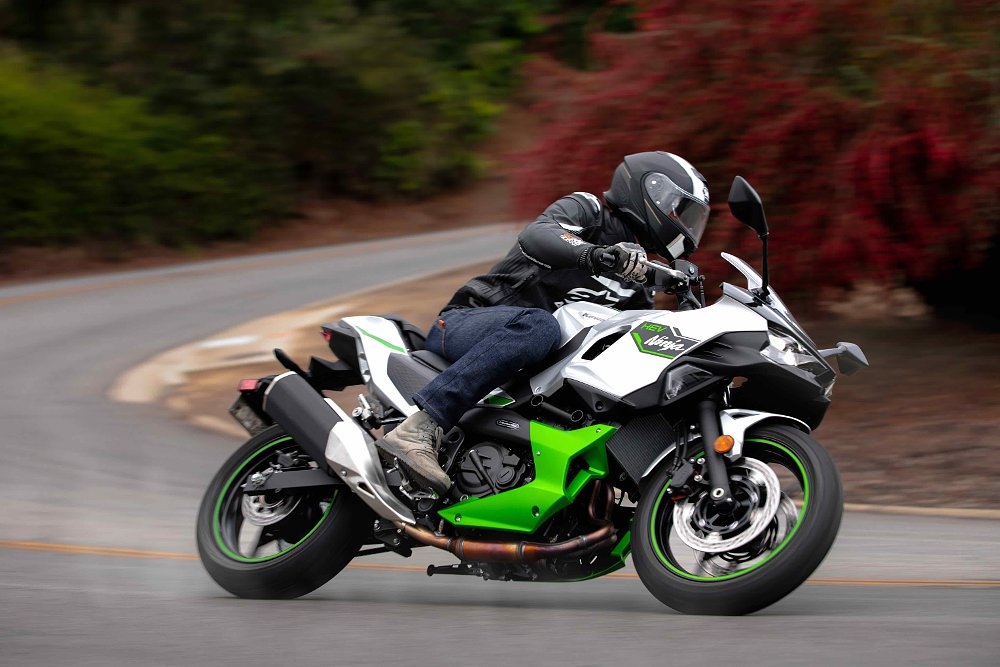
That means two ways to leave a stop light on the bike of the future, one with worryingly slow acceleration and the other with chaotic boy racer energy. My only alternative was to select Sport mode with no e-boost, which uses the modest and appropriate power of the little P-twin mill. All good. But, hang on, then I’m just riding an overweight Ninja 500 and I’m not in control of my own clutch lever. So, why am I doing this again?
Living with a hybrid Ninja
There are some undeniable upsides to the Ninja 7 Hybrid. Electric motorcycle functionality, for one, without ever having to charge a battery or have any of the dreaded range anxiety. Incidentally, the electric mode can be used until the battery depletes (total miles will depend on the kind of riding), at which point the gas engine will simply jump to life and begin moving the bike as well as charging the battery. Likewise, you could theoretically run the Ninja 7’s gas tank completely dry, and then use the EV-only mode to get to a gas station. Risky, but a neat trick.
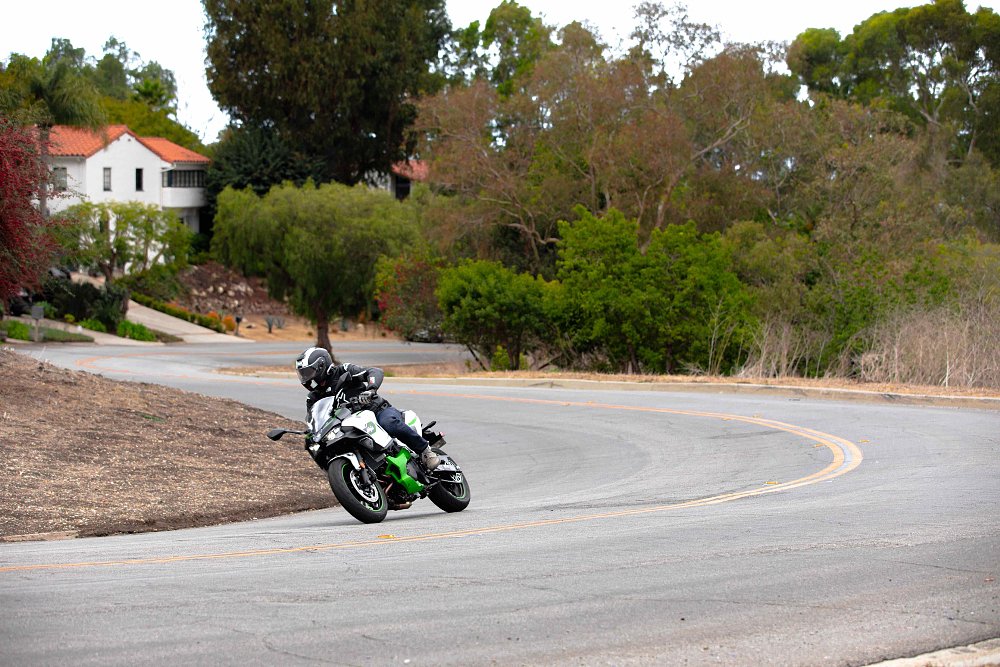
Also, I’m long overdue to point out that the price is pretty reasonable. If you’re measuring performance-per-dollar, yes it’s pricey, but that’s not how I see it. Kawasaki has virtually sprouted an entirely new branch on the motorcycling tree, and the fact that it’s not priced as an exotic is meaningful.
Even with all of that, the Ninja 7’s function is questionable. My fuel economy landed in the 40s, with gentle riding in Eco mode around the city and 75 to 80 mph travel on freeways. With a 3.7-gallon tank that means a realistic range of around 150 miles. So, no electric range anxiety but not a lot of gasoline range confidence either.
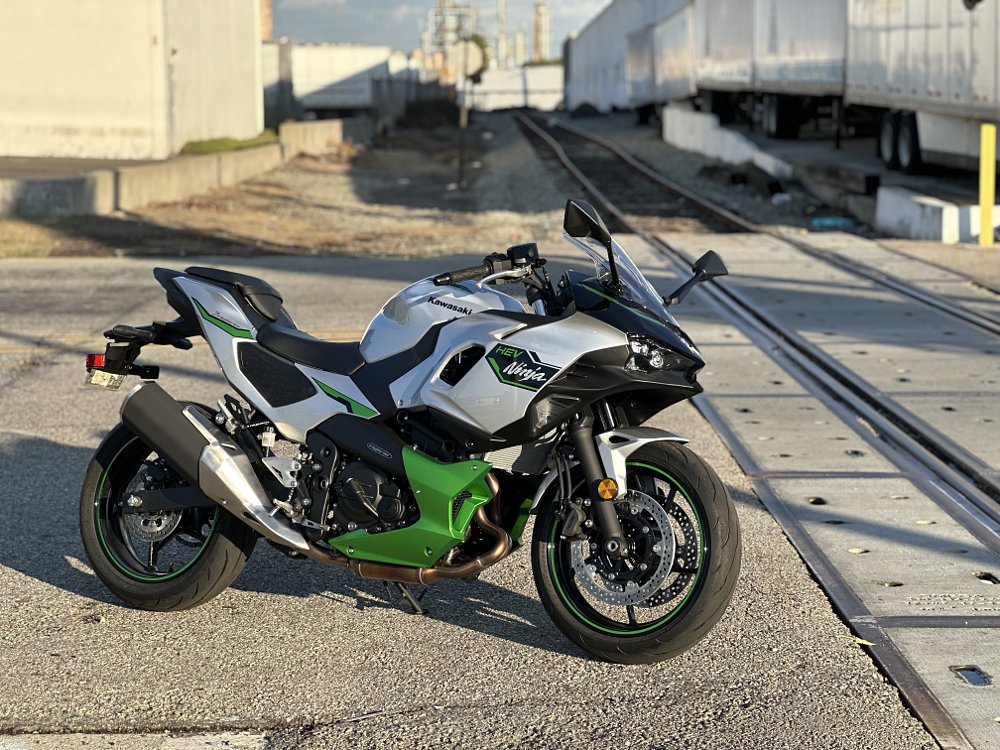
If you’re after practicality in a motorcycle, and you don’t care if it’s cool or fast, you might be thinking one of Kawasaki’s own 650 models might do the trick — they offer decent fuel mileage, performance, affordability, simplicity, and are available in a few styles, shapes, and sizes, The same could be said for Honda’s brood of 500s, from ADV to sport bike to cruiser.
And if you simply must have a bike that is priced reasonably, looks generically sporty, is a little too heavy, *and* has an automatic clutch, Honda has you covered there, too. Plus, the CBR650R upshifts with a typical quickshifter that works really nicely.
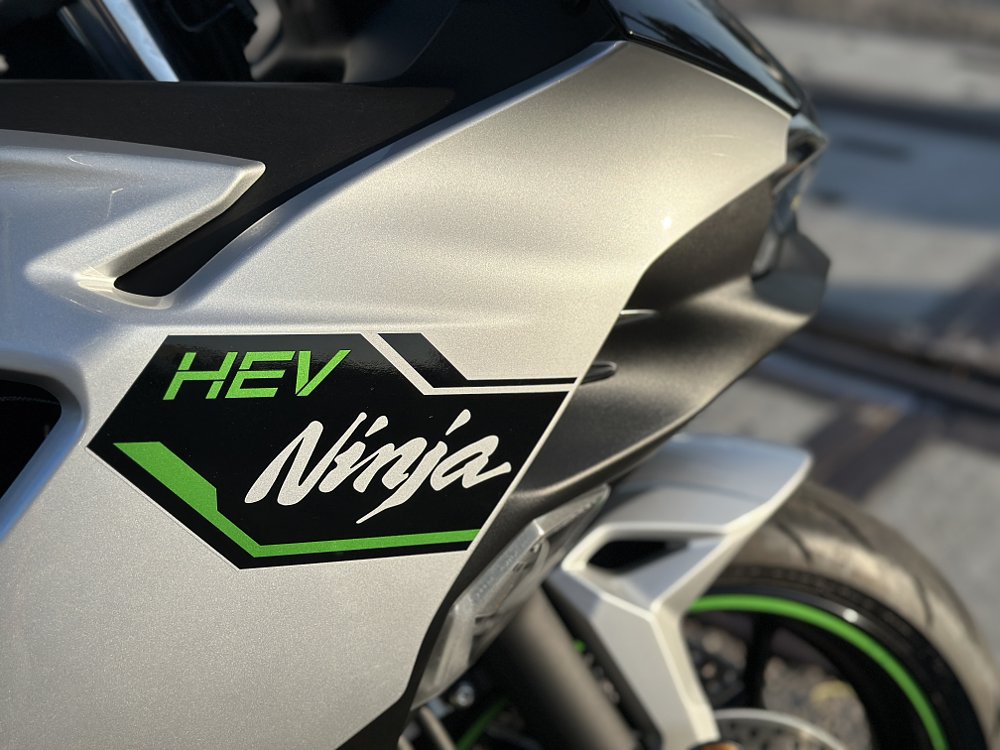
Ultimately, any time you set out to create the best of both worlds you are at risk of creating the worst of both worlds. The Ninja 7 Hybrid set out to be as fast as a 1,000 cc sport bike and as efficient as a 250-class sport bike. Practically, it is neither of those things. Instead, it is heavier and gets worse fuel mileage than a handful of machines which are cheaper and less complex.
Damning as that is, I’m still high on the idea that the Ninja 7 Hybrid represents. I’d be just as excited about a turbo-assisted Ninja 500 with major flaws or an electric bike with a tiny generator on board. I am thrilled that Kawasaki took a stab at it, because I think something good awaits in this sphere of innovation. I’ll just have to wait a little longer for it to live up to my own hype.
| 2025 Kawasaki Ninja 7 Hybrid | |
|---|---|
| Price (MSRP) | $12,500 |
| Engine | 451 cc, liquid-cooled, eight-valve, parallel twin |
| Motor | Liquid-cooled, interior permanent magnet synchronous |
| Claimed battery capacity | 1.37 kWh nominal |
|
Transmission, final drive |
Six-speed automated manual, chain |
| Claimed horsepower | 58.3 @ 10,500 rpm (engine); 68.5 (total system) |
| Claimed torque | 32.2 foot-pounds @ 7,500 rpm (engine); 44.5 foot-pounds (total system) |
| Frame | Steel-tube trellis |
| Front suspension | 41 mm fork; 4.7 inches (120 mm) of travel |
| Rear suspension | Uni Trak shock adjustable for preload; 4.5 inches (114 mm) of travel |
| Front brake | Nissin two-piston calipers, 300 mm discs with ABS |
| Rear brake | Nissin two-piston caliper, 220 mm disc specify with ABS |
| Rake, trail | 25.0 degrees, 4.1 inches (104 mm) |
| Wheelbase | 60.4 inches (1,535 mm) |
| Seat height | 31.3 inches (795 mm) |
| Fuel capacity | 3.7 gallons |
| Tires | Dunlop Sportmax 120/70ZR17 front, 160/60ZR17 rear |
| Measured weight | 505 pounds |
| Available | 2024 |





